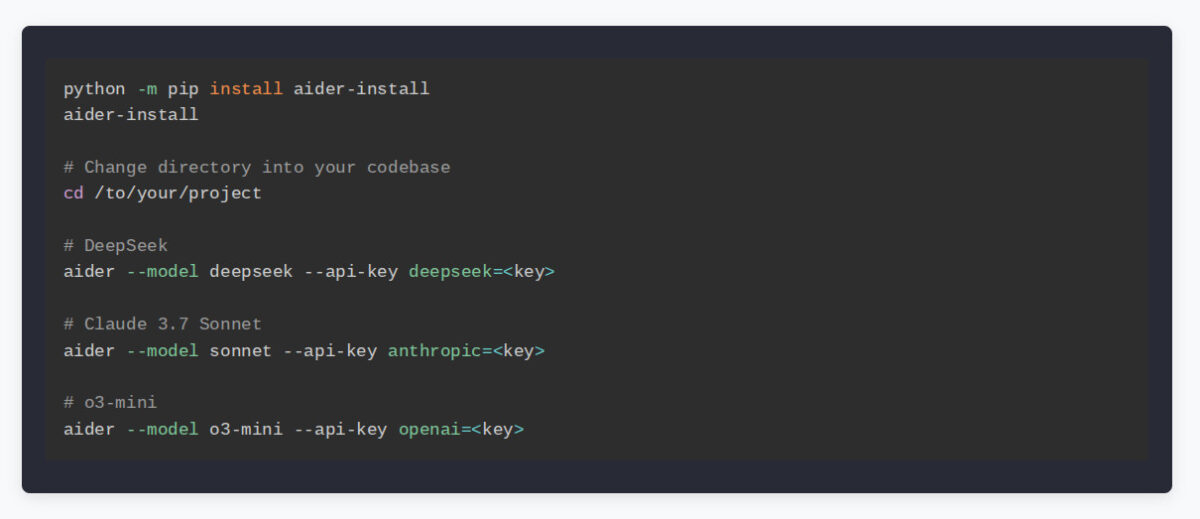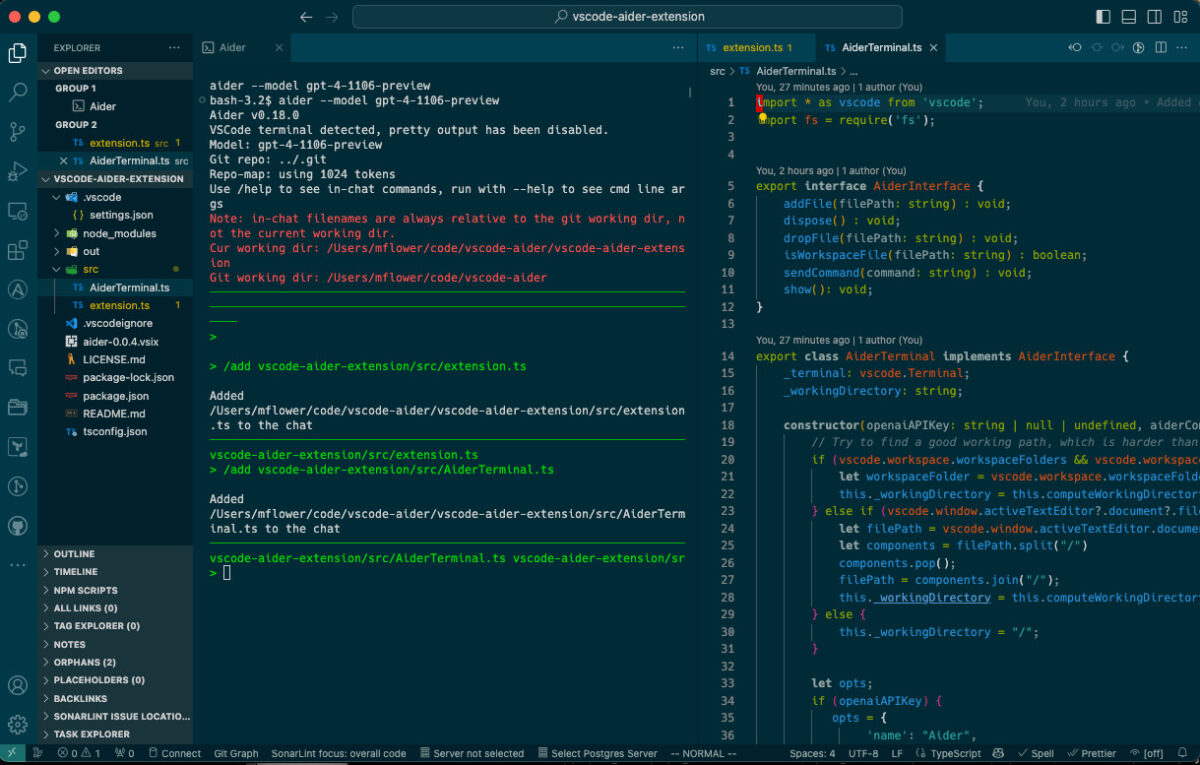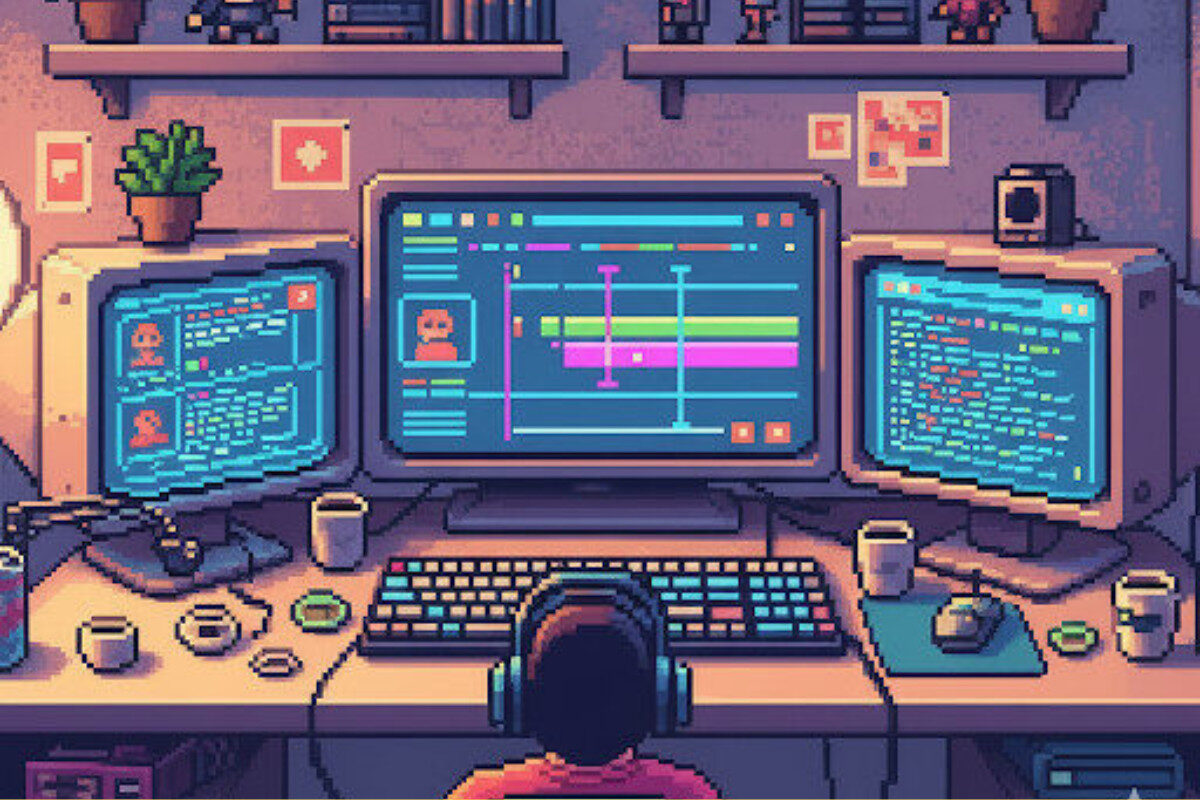Aider: A Free, Open-Source AI Coding Tool for Beginners and Creators
Most AI coding assistants are locked behind subscriptions or run inside polished IDEs. Aider takes a different route. It is free, open-source, and runs in your terminal with your existing projects.
For new vibe coders and indie creators, it’s a practical way to test ideas, refactor old code, or learn new languages with AI support.
What Is Aider?

Aider is an AI pair programmer that works directly with your git repository.
It can:
- Edit and commit code based on plain-English instructions
- Connect to multiple AI models (Claude, GPT-4o, DeepSeek, Gemini, Ollama, etc.)
- Handle over 100 programming languages
- Run locally or in the cloud, depending on which model you choose
You bring your own API key. There are no subscriptions or hidden costs.
How It Works

You open a terminal, start Aider, and type what you want.
For example:
- “Add a login system to my Flask app.”
- “Convert this React component to Vue.”
- “Fix the failing test in auth.py.”
Aider reads the repository, proposes code edits, and saves them as git commits with clear messages. It can also lint and run tests after each change.
Features That Matter
- Git-first workflow: Every change is tracked, reviewed, and reversible.
- Model flexibility: Use OpenAI, Anthropic, or local LLMs depending on your budget and privacy needs.
- Multiple input types: Add screenshots, docs, or voice commands to guide edits.
- Cross-language support: Works across web, backend, and scripting languages.
What You Can Use It For
I tested Aider on a small side project — a Flask app I had built months ago that only handled static pages.
I asked it to add a basic login system with sign-up, password reset, and session handling.
Aider scanned my repo, suggested changes across four files, and committed everything with clear git messages.
It even ran the tests after editing, spotted a missing import, and fixed it automatically.
The whole process took less than ten minutes, and I didn’t touch a single line of code myself.
That kind of workflow makes Aider useful for:
- Adding new features across multiple files (authentication, dashboards, APIs)
- Refactoring or modernizing older projects
- Debugging errors and fixing failing tests
- Learning by watching how it explains and writes code in different languages
- Fast prototyping during hackathons or creative coding sessions
Limitations to Keep in Mind
- Command-line interface only; no polished GUI
- Browser mode is experimental and limited
- Not an IDE plugin, so no autocomplete inside VSCode
- Complex edits often need to be broken into smaller steps
- Requires setup of API keys for whichever model you want to use
Pros and Cons
Pros
- Free and open-source
- Works with multiple AI models
- Strong git integration for version control
- Wide language support
- Voice, image, and URL input options
Cons
- Command-line learning curve
- Limited browser and GUI support
- No autonomous web search or background execution
- Can misinterpret complex prompts
- Requires API setup and management
Is Aider Worth Getting Started With?
Aider is a straightforward AI coding tool built for people who prefer control and flexibility.
Unlike tools that try to take over your environment, Aider works inside your existing setup and keeps every change tracked in git.
You decide when to accept edits, when to roll them back, and which models to connect.
It fits naturally into git-based workflows.
Each AI suggestion becomes a proper commit with a descriptive message, so you always know what changed and why.
That structure makes it easier to collaborate, review code, and maintain clean project history.
Support for multiple models and more than 100 programming languages means you can use Aider on almost any project.
Whether you are experimenting with Python scripts, building web apps in JavaScript, or working with compiled languages like Rust, Aider adapts without forcing you into one platform or subscription.
For creators and vibe coders who want AI help without losing control of their projects, Aider strikes a balance between automation and transparency.


